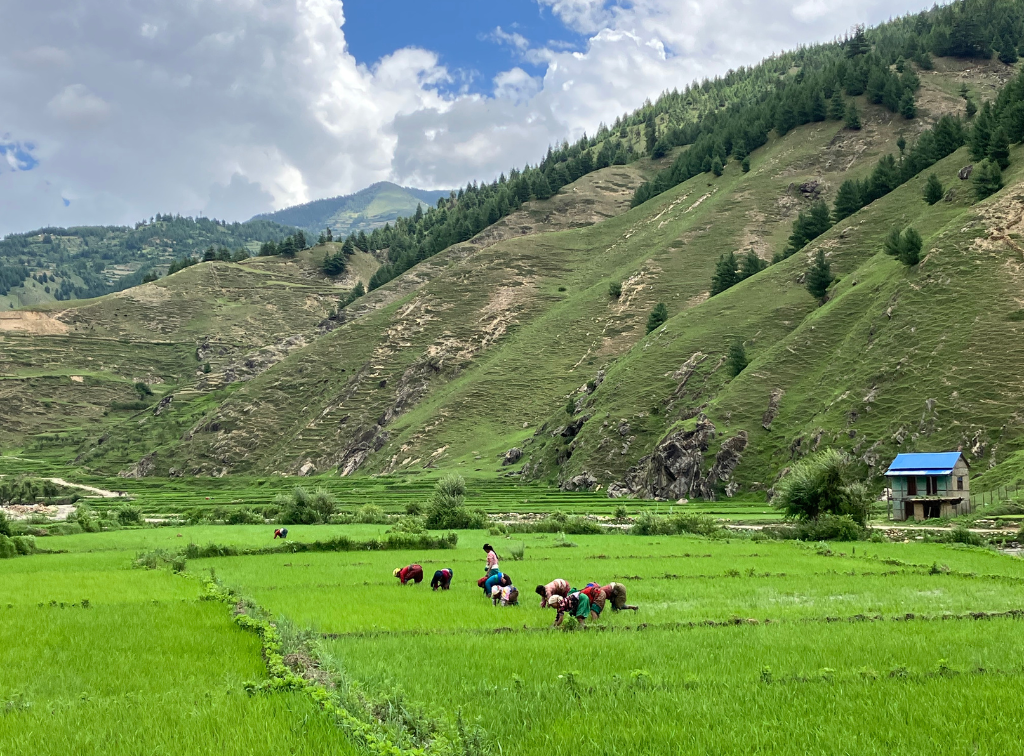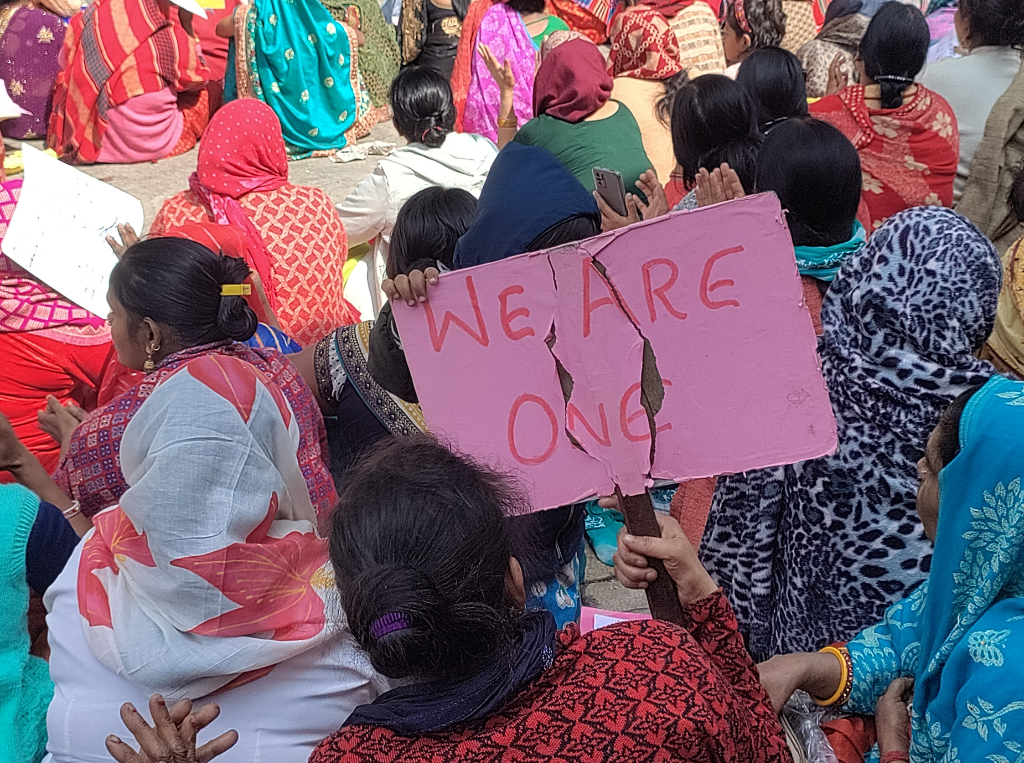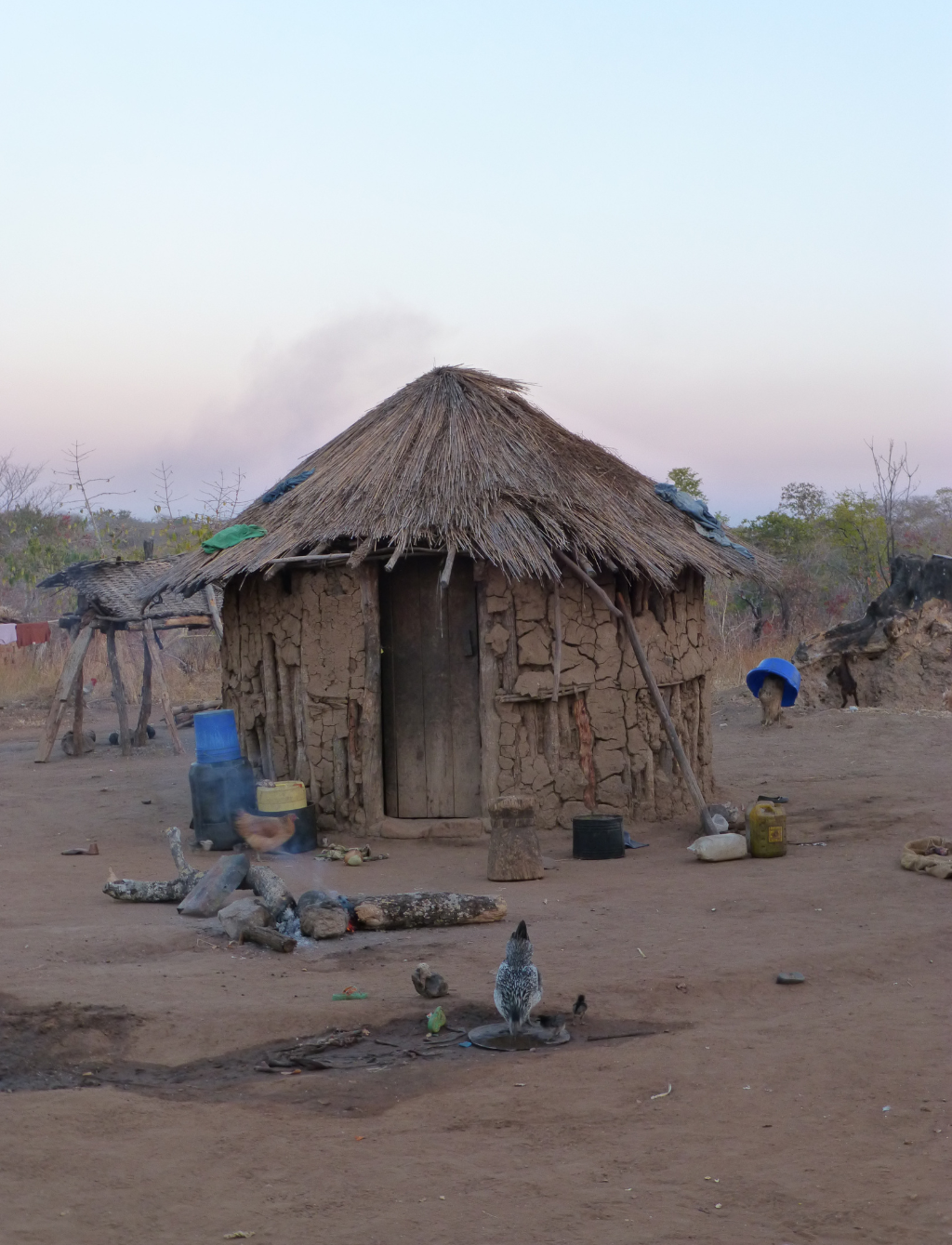We are very pleased to announce that IDS PhD researcher Sunisha Neupane -whose research is about Maternity Care in Rural Nepal – is the winner of the 3MT (Three Minute Thesis) competition 2024. Congratulations to Sunisha!
The competition is run by the Sussex Researcher School, at our partner the University of Sussex. It is part of SussexDocFest, the annual week-long festival celebrating the brilliant and diverse world of postgraduate research.
Sunisha is also one of three IDS PhD researchers whose images were shortlisted in the Research Image Competition, where researchers across the University of Sussex and IDS were invited to submit an image taken during their thesis. Congratulations to Salonie Muralidhara Hiriyur and Catherine Grant who also had their images short-listed.

Shared Struggles, Shared Strength: Maternity Care in Rural Nepal – by Sunisha Neupane
The field of maternal health care is continually evolving, yet there is a gap in comprehensively defining the phenomena of care. My ethnographic PhD research examines maternity care from women’s perspectives in the mountains of rural Nepal. Women work together in the rice fields, with pregnant women allotted more rest and lighter workloads. This photo, taken as part of my fieldwork, reveals the ‘load sharing’ practice. In this community, maternity care goes beyond biomedical care, reflecting a definition of care based on their social reality, shaped by existing structural barriers. The image captures the essence of resilience and community support, where burdens are shared as a form of maternity care, highlighting compassion and solidarity.

We are one: women domestic workers demand their rights and recognition from the Indian State – by Salonie Muralidhara Hiriyur.
Strike action by women domestic workers in New Delhi (India), demanding recognition from the State – of care for workers. My research work is an analysis of how women’s collectives are constituted and sustained in the digital economy, using the case study of women domestic workers in India.
 Man V Nature in infectious disease risks – by Catherine Grant
Man V Nature in infectious disease risks – by Catherine Grant
Houses built on cleared land in the Eastern Province of Zambia where the expanding tsetse fly belt has met the increasing human population. People are moving to previously uninhabited areas of land and they and their livestock are now at risk of African Trypanosomiasis, transmitted by tsetse flies. Remaining woodland can be seen, exemplifying that this transition period is particularly risky for disease as flies are still prevalent. This illustrates that man and nature impact on disease risks and prevalence. Anthropogenic changes to the ecosystem, such as clearing of miombo woodland and hunting, reduce disease risks by reducing fly habitats, . However, this also destroys wildlife habitats and the environment, which some argue should be protected.
